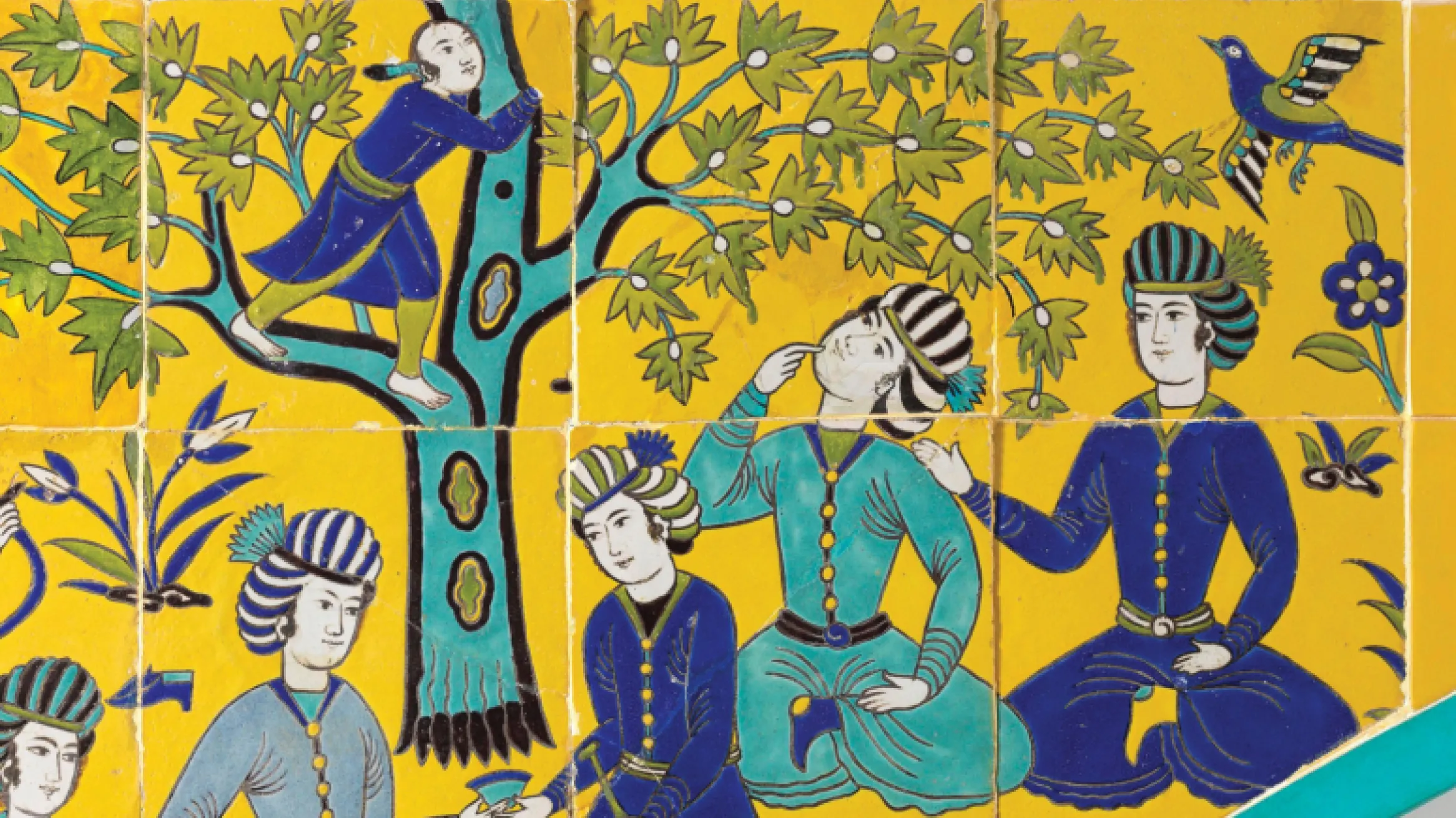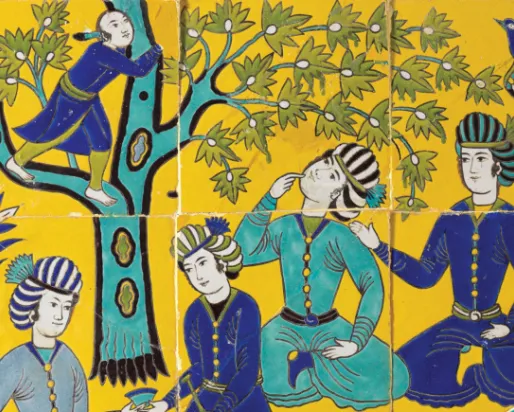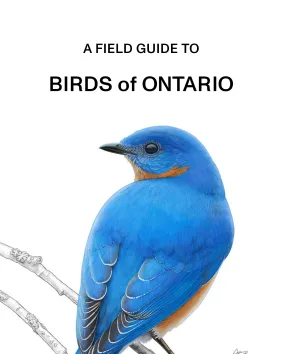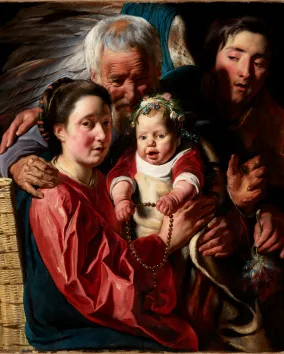About
The artistry and technique behind Iran’s famed painted tiles take centre stage in a half day workshop celebrating the installation Picnics and Pastimes, on display now at ROM. An immersive 3-hour workshop takes a closer look at the historic and artistic traditions of architectural tilework in the region.
Led by retired ROM researcher Robert Mason, the workshop includes a presentation of ROM’s history through collections of Iranian ceramics, a discussion of why and how such art was incorporated into public and private spaces of towns and cities across the region, and the impact of technology on architecture throughout the Middle East.
The workshop’s hands-on component will guide participants through the glazing of their own tiles using the design principles they have studied through the afternoon. Tiles will be fired in a studio kiln and be available for pick up at ROM at a later date. Your registration fee includes a materials cost.
Speaker
Related events
These events are offered in English only.




